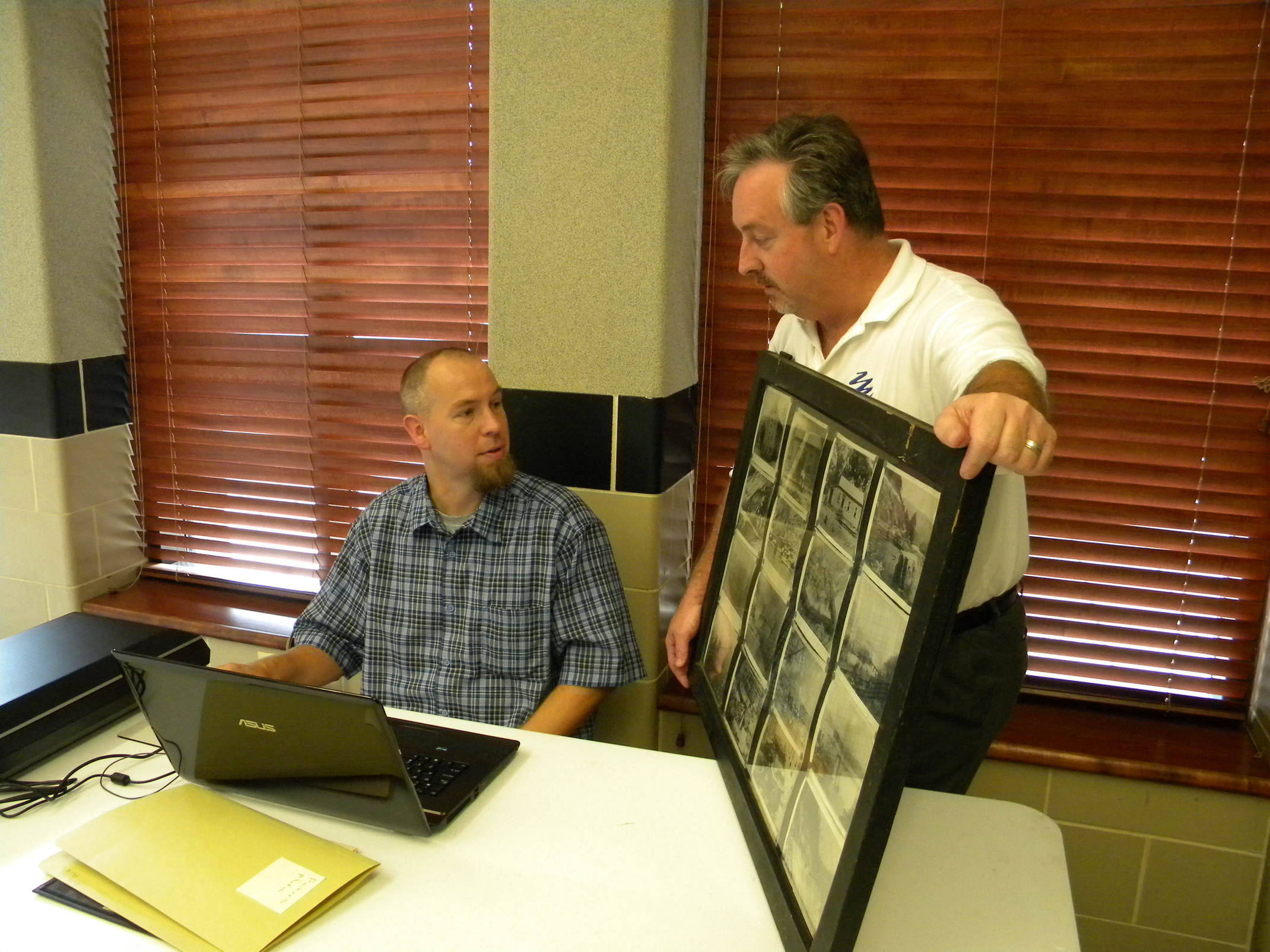Researcher compiling photos on building of Ocoee dams
Friday, January 1, 1904
CLEVELAND, Tenn. - There have been many written accounts over a century about how the first two Ocoee River dams were built to bring electric power to East Tennessee, Travis Simpson concedes.
But there also are many photos in archives across the region that show just how it was done.
Simpson assigned himself the task of searching for them and scanning them into a digital format. He will compile them, and the results could become a book, he said.
"TVA has a lot of photos," Simpson said. "What I am looking for is photos from the 1910s to the 1930s when the dams became part of TVA."
Simpson has been looking through photos at the Museum Center at Five Points here recently.
"Just seeing these photos about how the work was done has always interested me," he said, sitting in a museum center back room with a laptop computer open in front of him.
He looked at a photo of a railroad built on top of a circular cofferdam -- a watertight enclosure pumped dry so construction of the actual dam can take place. An engine would make that circuit, he said, dumping concrete to build the dams. That was a century ago.
"Since we are nearing the century mark for the Ocoee dams, it's a good time for Travis' research," said Ken Cagle of the Museum Center.
Ocoee River Dams No. 1 and No. 2, the powerhouses and a flume that channeled the mountain river into turbines to make electricity were considered one of the engineering marvels of the time.
It was the era when the U.S. completed the Panama Canal in 1913, after the Chattanooga and Tennessee River Power Co. began construction of Hales Bar Dam in 1905.
The Eastern Tennessee Power Co. built Ocoee dams No. 1 and No. 2 in 1911 and 1913. Workers stayed in instant mill towns like Caney Creek, now gone except for some foundations. The dams became part of the TVA system in 1939.
